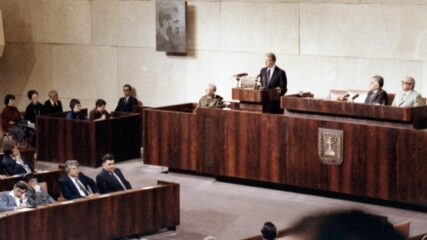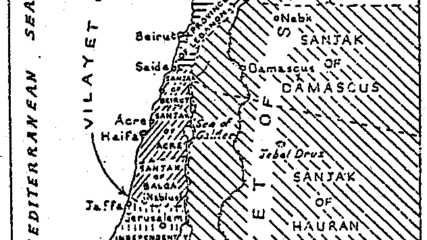May 8, 2007
A public announcement reveals that the tomb of King Herod the Great has been found at Herodium in the Judean Desert of the West Bank in an excavation led by archaeologist Ehud Netzer of the Hebrew University of Jerusalem.
Found in the ruins of the burial site are a podium, some urns and a limestone sarcophagus decorated with rosettes. The sarcophagus is broken into hundreds of pieces. This destruction is thought to have been carried out during the Great Jewish Revolt against Rome between 66 and 73 C.E., a sign of the complicated legacy of Herod.
Born in 73 B.C.E., Herod conquered Jerusalem in 37 B.C.E. with the help of Rome and became the king of Judea as a client of the Roman Empire. Herod expanded Judea’s territory and wealth, built cities and fortresses across his kingdom, and greatly expanded and upgraded the Second Temple in Jerusalem, including erecting a platform whose foundation included what today is the Western Wall. Herod was a political, military and architectural genius but also was known for cruelty and debauchery and had members of his own family executed.
Netzer, who learned about Herodian architecture while working on Yigael Yadin’s excavations at Masada, started digging at Herodium in 1972 and began searching for Herod’s tomb by 1977. It was known from Josephus that Herod was buried at Herodium, his desert retreat and architectural masterpiece, but the exact location along a mountainside was unknown. The digging also required studying and preserving Byzantine ruins before reaching the Herodian site.









